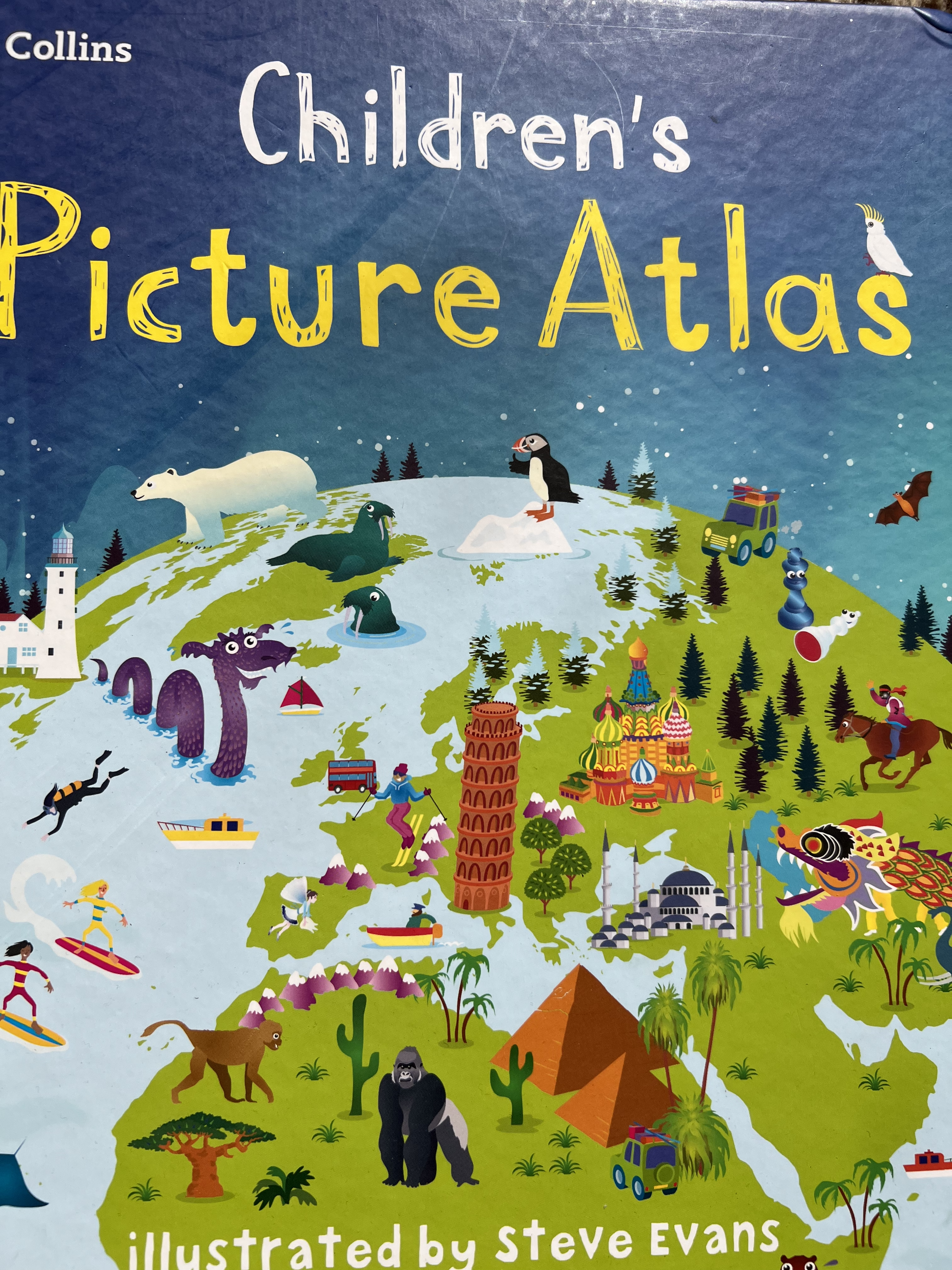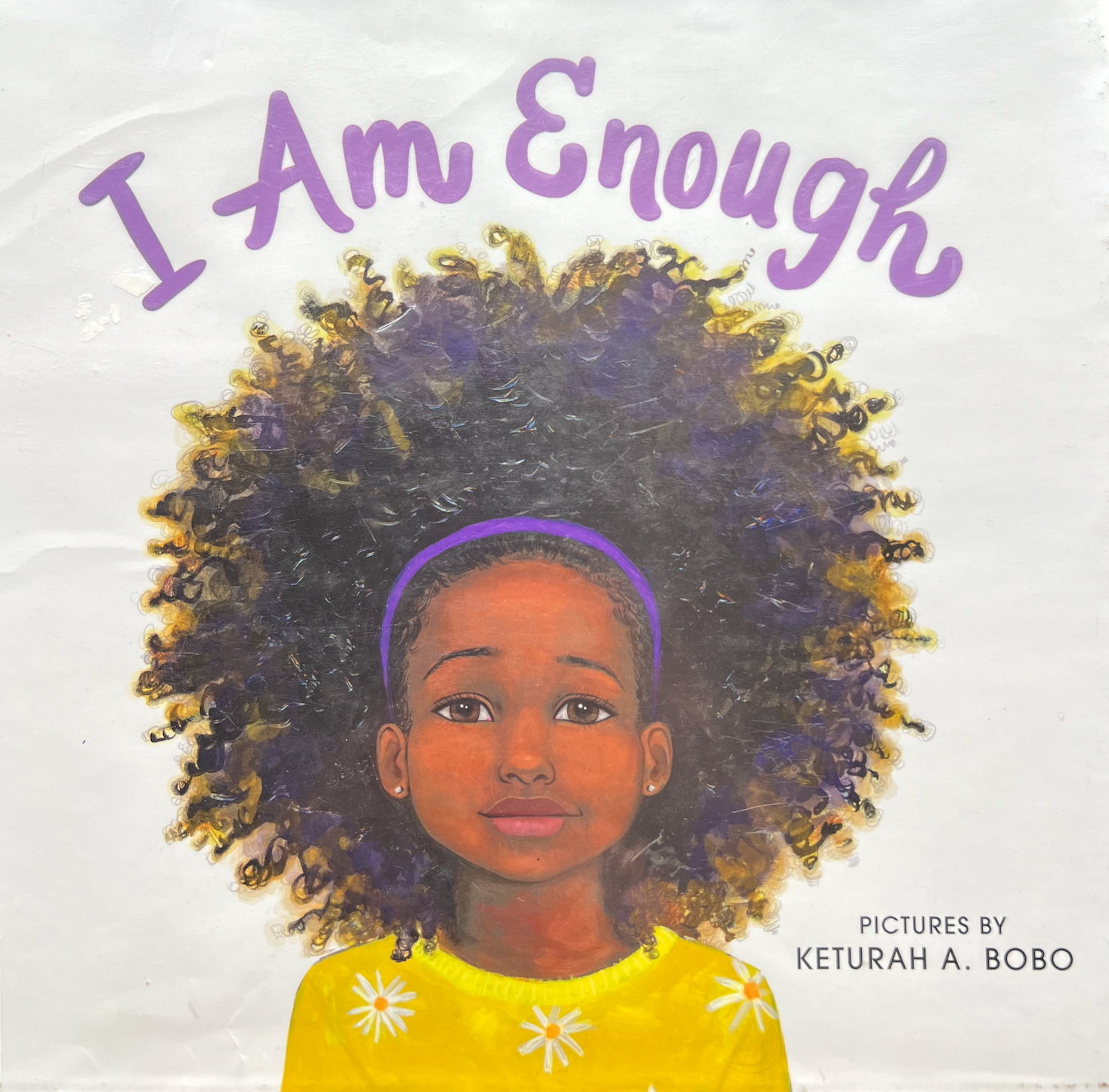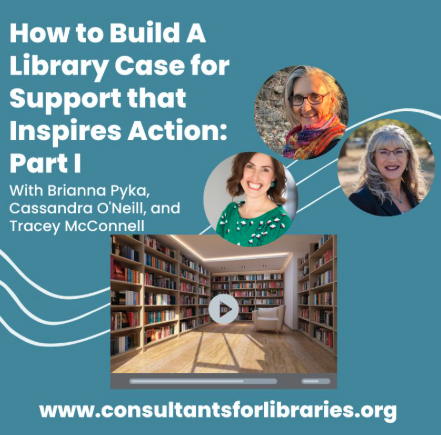Turning First-Time Donors into Lifelong Supporters: 5 Post-Library Giving Day Strategies
- 5 mins
With Library Giving Day approaching on April 1st, most libraries are focused on campaign preparation and outreach strategies. But at Fundraising for Libraries, we believe the most crucial planning should happen now for what comes after your campaign concludes. The real challenge—and opportunity—begins when those new donors make their first gift.
Research shows that first-time donor retention rates typically hover around 20%, but libraries that implement strategic post-giving stewardship can achieve retention rates of 60% or higher. To help you maximize your Library Giving Day investment, we've compiled five research-backed strategies to transform first-time supporters into long-term library champions:
1. Send Personalized Thank-You Notes Within 48 Hours
The golden rule of donor retention starts with prompt, genuine gratitude. Within two days of Library Giving Day, send personalized thank-you messages to every new donor. Beyond the automatic receipt, include specific details about how their gift will impact your library and the community it serves.
For donors who gave $50 or more, consider having library staff or board members write brief handwritten notes. These personal touches make a significant impression, especially in our digital age. Include a photo of a program their donation will support or a quote from a library patron who benefits from your services. This immediate acknowledgment serves two purposes: it fulfills the basic expectation of gratitude, and it begins to educate new donors about your library's impact.
Many libraries have found success with thank-you videos featuring staff members or library users expressing their appreciation. These don't need to be professionally produced—authenticity matters more than production quality. Share these videos via email or text, depending on the contact information you've collected.
Remember, your first communication sets the tone for your entire relationship. A delayed or generic thank-you message sends a signal that the donor isn't particularly valued, while a prompt, personal acknowledgment lays the groundwork for continued engagement.
2. Create a "New Friend" Welcome Journey
Develop a simple 3-part communication series specifically for first-time donors that unfolds over the first six weeks after Library Giving Day. This "welcome journey" should be educational and relationship-focused rather than solicitation-heavy.
Start with an email from your library director within a week of Library Giving Day, introducing themselves and sharing a behind-the-scenes look at your library's impact. Include information about your library's mission and vision, highlighting areas that might not be obvious to casual library users.
Two weeks later, send information about a specific program their donation supports. This could be your summer reading initiative, digital literacy classes, community outreach efforts, or collection development. Include specific metrics and personal stories that demonstrate how these programs change lives in your community.
Finally, after about a month, invite them to an upcoming library event or volunteer opportunity. This could be a book club meeting, author event, community forum, or special exhibit opening. The key is providing a natural next step for engagement beyond financial support.
Throughout this journey, focus on making donors feel like insiders—people with special knowledge about and connection to the library. This thoughtful onboarding helps new donors feel connected to your mission beyond their financial contribution and sets the stage for a long-term relationship.
3. Host a "New Supporters Spotlight" Tour
Invite your Library Giving Day first-time donors to an exclusive library tour within 4-6 weeks of their gift. Schedule it after hours to create a special atmosphere and to accommodate working professionals who might not be able to attend during regular operating hours.
Have your director or board chair personally lead the experience, emphasizing areas of the library that benefit from donor support. Create interactive stations where staff members can demonstrate programs and services that donor dollars make possible. For example, show your makerspace in action, demonstrate how digital resources are selected and maintained, or have children's librarians share stories about impactful literacy programs.
Provide light refreshments and create name tags that identify these guests as "Library Giving Day Supporters." This visible recognition helps foster connections among new donors and creates a sense of community. End the tour with a brief Q&A session where donors can learn more about the library's needs and future plans.
This face-to-face connection dramatically increases the likelihood of repeat giving and deeper engagement. It also provides valuable informal feedback about what motivated these individuals to give in the first place, information that can help shape future fundraising efforts.
4. Implement a "Second Gift Strategy"
Research consistently shows that donors who make a second gift within 90 days of their first contribution are significantly more likely to become regular supporters. With this in mind, create a specific campaign aimed at your Library Giving Day first-timers that offers a compelling reason to give again.
This second ask should be tied to a concrete, time-sensitive need rather than general operating support. This might be summer reading program materials, a matching grant opportunity, a specific collection enhancement, or technology upgrades. Frame it as an opportunity to build on the momentum they helped create on Library Giving Day.
When making this second ask, reference their previous support and its impact. For example: "Your Library Giving Day donation helped us exceed our goal by 15%, allowing us to add 75 new children's books to our collection. Now, as summer approaches, we're hoping you'll consider supporting our Summer Reading Challenge by sponsoring a young reader for just $25."
Keep the suggested gift amount modest—the goal is to establish a pattern of giving rather than to secure a major gift at this stage. Some libraries have found success with monthly giving programs as a second gift option, emphasizing the sustainability and impact of ongoing support, even at small amounts.
5. Create Meaningful Volunteer Pathways
Not every new donor is ready to make another financial gift right away, but many are looking for ways to engage more deeply with your library. Within two months of Library Giving Day, send new donors information about specific volunteer opportunities that match different interests and availability.
Instead of a generic volunteer call, outline specific roles with clear time commitments and skill requirements. These might include:
- Book sale committee members (seasonal commitment)
- Story time assistants (weekly commitment)
- Technology tutors (monthly commitment)
- Friends of the Library board members (year-long commitment)
- Special event helpers (one-time opportunities)
Creating a diverse menu of engagement options acknowledges that supporters have different capacities for involvement. By offering multiple ways to contribute time and talent, you keep donors connected to your mission between giving opportunities and deepen their investment in your library's success.
Consider creating special volunteer roles exclusively for donors, such as "Collection Ambassadors" who help evaluate and select materials in specific subject areas, or "Program Advisors" who provide input on community needs and interests.
The relationship-building work that happens in the aftermath of Library Giving Day is just as important as the campaign itself. By implementing these intentional engagement strategies, you'll demonstrate that you value these supporters for more than just their financial contributions. This relationship-focused approach not only improves retention rates but also lays the groundwork for more significant support in the future.
Remember that donor development is a marathon, not a sprint. Each touchpoint should aim to deepen understanding, strengthen connection, and demonstrate impact. With patience and persistence, many of your April 1st first-time donors will become dedicated library advocates and generous long-term supporters.
What post-Library Giving Day stewardship tactics have worked well for your library? We'd love to know!




